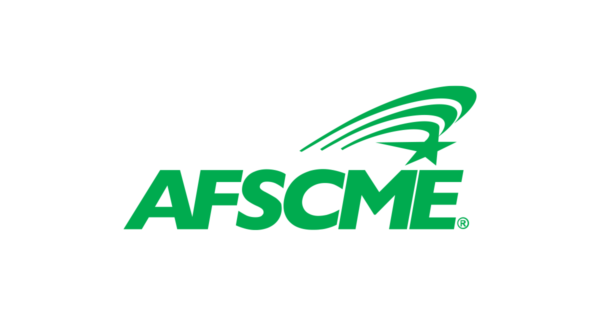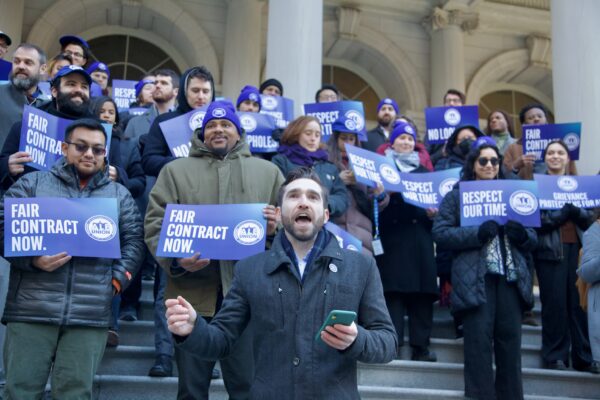September 1, 2015
By Michael Jordan President, Labor and Strategic Accounts Division,
Special to LaborPress
New York, NY – The Supreme Court recently upheld the Affordable Care Act's (ACA) federal subsidies. This means that tax credits will be available to health insurance consumers in the many states that do not have exchanges. In the meantime, employers will continue to deal with the legal and regulatory fallout of the ACA with questions still lingering about how the law will be applied. But how will the Supreme Court decision impact labor unions?
HealthCare Benefits have always been central to union negotiations. The impact of the ACA on big companies, however, will make this a tougher battle, especially now that major tenets of the healthcare reform law have been set in stone. This leaves labor and management to focus on the finer points, such as the “Cadillac tax.”
In 2018, the ACA’s “Cadillac tax” will take effect, targeting employer-paid health insurance plans that exceed $10,200 for an individual and $27,500 for a family. For high-risk professions as defined by the government (construction, longshoremen, mining, agriculture, forestry, fishing, law enforcement, fire and EMTs, includes retirees with 20-plus years) there is some relief. The thresholds are slightly higher at $11,850 for an individual and $30,950 for a family. The tax applies to every dollar of insurance cost above these thresholds. The concept is meant to penalize “wealthy” employees who purchase expensive plans, and to encourage cost-conscious shopping for plans with more limited benefits.
The problem is that this tax will also impact many participants in jointly-managed Taft-Hartley Fund health insurance plans, as well as participants in typically generous government employee benefit plans. In response, many union and state employee plans are increasing deductible levels and out-of-pocket maximums to bring plan premiums below the thresholds.
So, what are the wider implications?
Labor unions have struggled to oppose the “Cadillac tax,” with no luck, but lobbying efforts are likely to continue. Ironically, this issue has united organized labor and business interests in their shared opposition to the tax. While the healthcare sector is heavily unionized, with nurses and other healthcare professionals well represented by organized labor, healthcare executives are likely to remain tight-fisted and more resistant to concessions to labor unions than they have been in the past.
Taking a glass-half-full view on the issue,Richard Trumka, AFL-CIO president, had this to say: “The Affordable Care Act was an important step to expand coverage, but much more needs to be done if we are to achieve quality, affordable healthcare for all. We can start by expanding Medicaid for low-income workers in every state and making changes that will protect and strengthen the health coverage workers have fought for on the job.”
And what about the employer perspective?
As for how the “Cadillac tax” will affect employers, they should keep in mind that the tax is based upon the cost of the insurance an employer offers, not on the quality of the benefits. Many companies are paying Cadillac prices without having Cadillac plans. In other words, they are overpaying because a high number of claims caused their rates to jump through the years – and insurance prices have been steadily increasing overall. Should more employers be concerned? We’ll all have to stay tuned.
Click here to view MagnaCare President MichaelJordan’s video where he explains that in order to remain below tax thresholds in 2018, Labor Union’s must focus on total cost of care.



